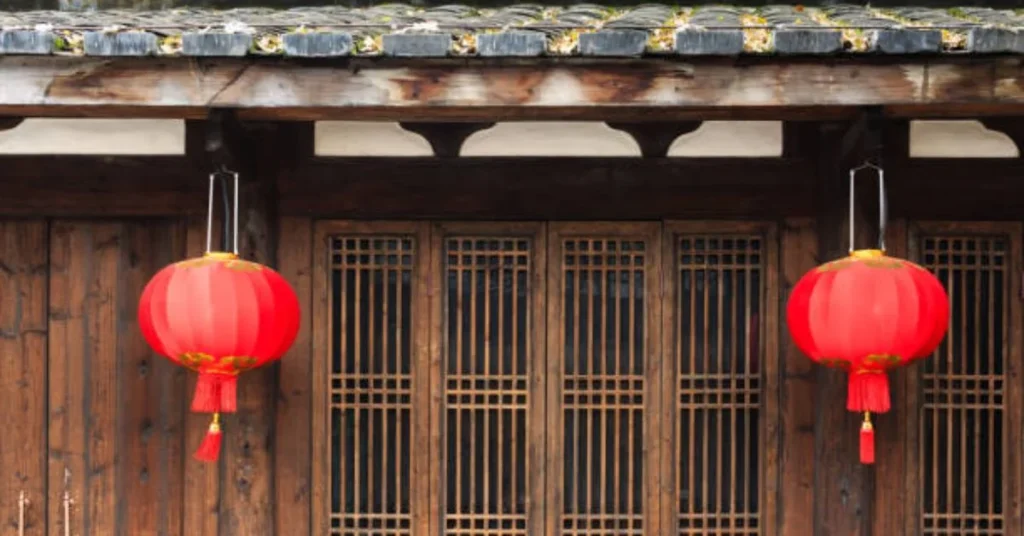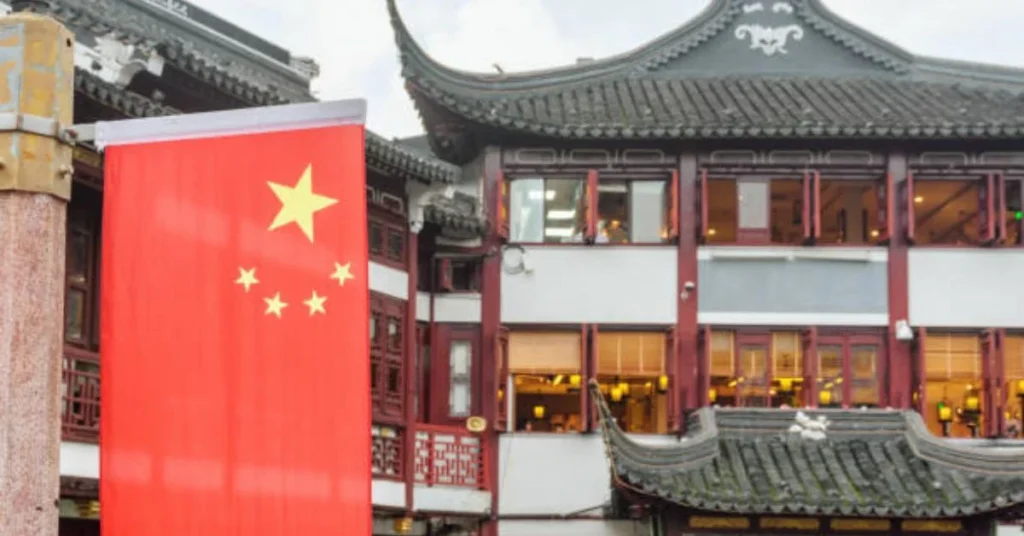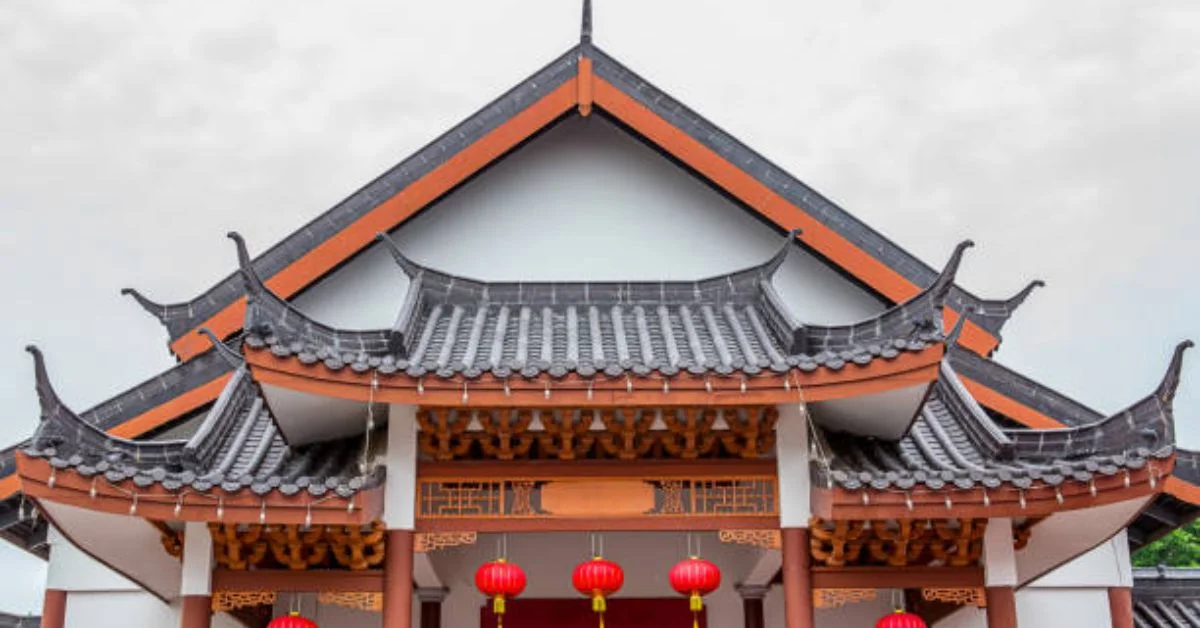When discussing “China in house”, one is not only referring to the physical structures of Chinese residences but also to the culture, traditions, lifestyle, and values that shape the way homes are built and lived in within China. A house in China is never just a shelter; it is a reflection of philosophy, family values, architectural heritage, and social status. From the ancient siheyuan courtyards of Beijing to modern skyscraper apartments in Shanghai, the concept of the Chinese home has continuously evolved while still being deeply rooted in cultural meaning. In this article, we will explore Chinese houses in detail, covering their history, types, symbolism, modern changes, and what they reveal about Chinese society.
Historical Background of Chinese Houses
Chinese civilization has one of the longest continuous histories in the world, and the concept of home has always been central. In ancient times, houses were constructed with a focus on harmony with nature, family hierarchy, and the principles of feng shui. The traditional house was not merely a physical structure but a carefully designed environment where cosmic balance, ancestral respect, and family life were united.
The siheyuan, or courtyard house, is one of the most famous traditional forms of Chinese housing. Originating more than 2,000 years ago, this style of home typically featured a rectangular courtyard surrounded by buildings on all four sides. The northern building, facing south, was usually reserved for the head of the family, symbolizing respect and authority, while the east and west wings accommodated children and extended family members.
As dynasties shifted, architectural details varied, but the guiding principles of balance, symmetry, and hierarchy remained constant.
Principles of Chinese House Design
Chinese houses, both traditional and modern, are shaped by certain guiding principles. These include:
- Feng Shui Orientation – Homes were aligned according to geomancy to maximize harmony with the environment, often facing south for sunlight and protection from northern winds.
- Hierarchy and Family Order – Rooms were assigned according to family roles, reflecting Confucian values.
- Privacy and Protection – Traditional Chinese homes often had enclosed courtyards, high walls, and gates that separated the family from the outside world.
- Symbolism and Decoration – Use of dragons, phoenixes, red lanterns, and lucky characters on doors conveyed prosperity, good fortune, and protection against evil spirits.
Traditional Types of Chinese Houses
China’s vast geography and diverse climate have given rise to different types of traditional houses. Below is a table summarizing major types:
| House Type | Region | Key Features |
|---|---|---|
| Siheyuan (Courtyard) | Northern China | Central courtyard, symmetry, enclosed family living, strong feng shui influence. |
| Tulou (Earthen Building) | Fujian Province (Hakka people) | Large circular or square communal houses, made of rammed earth, designed for defense. |
| Yaodong (Cave Dwellings) | Loess Plateau (Shaanxi, Shanxi) | Homes dug into hillsides, natural insulation, eco-friendly design. |
| Stilt Houses (Diaojiaolou) | Southern China, ethnic minorities | Elevated wooden houses above water or uneven ground, protection from floods and animals. |
| Bamboo Houses | Yunnan, Guangxi | Lightweight, eco-material bamboo, suited to humid climates, culturally symbolic. |
Each type of house reflects adaptation to environment, social needs, and cultural values, demonstrating the ingenuity of Chinese people in creating sustainable living environments.
Symbolism in Chinese Houses
The Chinese house is a living symbol of philosophy. The use of colors, directions, numbers, and decorative motifs all hold meaning. For example:
- Red Doors: Red is the color of luck, joy, and warding off evil spirits.
- Guardian Lions: Stone lions at the entrance symbolize power and protection.
- Paired Couplets: Red paper couplets with poetic blessings are pasted on door frames during Lunar New Year.
- Dragon and Phoenix Motifs: Represent prosperity and harmony in marriage.
- Feng Shui Arrangements: Placement of furniture and rooms is believed to affect fortune, health, and relationships.
Thus, in China, a house is not just built with bricks but also with philosophy and spiritual meaning.

Evolution into Modern Chinese Homes
With urbanization, China has rapidly transformed its housing landscape. Today, most people live in apartments within high-rise buildings rather than traditional houses. Modern Chinese homes reflect economic growth, global influences, and technological integration.
Yet, traditional cultural elements remain visible. For example, many families still practice feng shui when decorating their apartments. Kitchens often face east (symbolizing health), while living rooms are designed to maximize light. Red, gold, and jade accents continue to dominate interior design, symbolizing wealth and happiness.
The average urban Chinese apartment is compact due to high population density, but efficient layouts maximize space. In rural areas, however, many families still maintain traditional houses, sometimes combining them with modern amenities.
Role of Family in the Chinese Home
The concept of “jia” (家), meaning both “family” and “home,” highlights how inseparable family life is from the house. Homes in China are multigenerational, with parents, children, and sometimes grandparents living under one roof. This reflects Confucian filial piety and the importance of caring for elders.
The family dining table is often the center of household life, where meals symbolize unity. Bedrooms reflect generational order, and the ancestral altar, still common in some homes, connects present generations with the past.
Even in modern apartments, family-oriented spaces remain important, and festivals such as the Lunar New Year always bring relatives together under one roof.
Challenges in Modern Housing: China in house
Despite modernization, housing in China faces challenges:
- Overcrowding in Cities – Migration from rural to urban areas has created housing shortages and high property prices.
- Loss of Heritage – Traditional houses like siheyuan are disappearing due to urban development, raising concerns about cultural preservation.
- Environmental Impact – High-rise buildings consume vast resources, raising sustainability questions.
- Affordability – Young Chinese struggle to buy homes, as real estate is seen as a key symbol of stability before marriage.

Sustainability and the Future of Chinese Housing
China is now investing in green housing initiatives, promoting eco-friendly materials, solar energy, and smart home technologies. Revivals of traditional methods, such as using bamboo or earthen construction, are also gaining attention for sustainability.
Future Chinese homes are expected to combine modern technology with traditional cultural values. Smart apartments with AI-based energy management may still feature feng shui designs and symbolic decorations, creating a unique blend of tradition and innovation.
Conclusion: China in house
“China in house” is more than a phrase; it is a window into how Chinese culture shapes the concept of home. From the siheyuan of ancient dynasties to today’s modern apartments, the Chinese house reflects history, philosophy, family, and adaptation to changing times. The unique balance of tradition and modernity in Chinese homes demonstrates the resilience of cultural values amidst rapid modernization. Whether in urban skyscrapers or rural courtyards, the Chinese home remains a place where family, respect, and harmony find their foundation.
FAQs: China in house
1. What is the most traditional type of Chinese house?
The siheyuan courtyard house is considered the most traditional form, symbolizing harmony, family hierarchy, and cultural heritage.
2. Why is feng shui important in Chinese homes?
Feng shui ensures harmony between people and their environment, influencing health, prosperity, and relationships through house orientation and design.
3. Do modern Chinese apartments still reflect tradition?
Yes, while most Chinese now live in apartments, cultural elements such as feng shui, red decorations, and symbolic motifs are still incorporated.
4. What challenges do Chinese people face in housing today?
Challenges include high housing prices, overcrowding in cities, loss of traditional houses, and the need for environmentally sustainable designs.
5. Are traditional Chinese houses still used today?
Yes, though less common in urban centers, traditional houses like tulou, yaodong, and bamboo homes are still preserved in rural areas.
For more information, click here.









